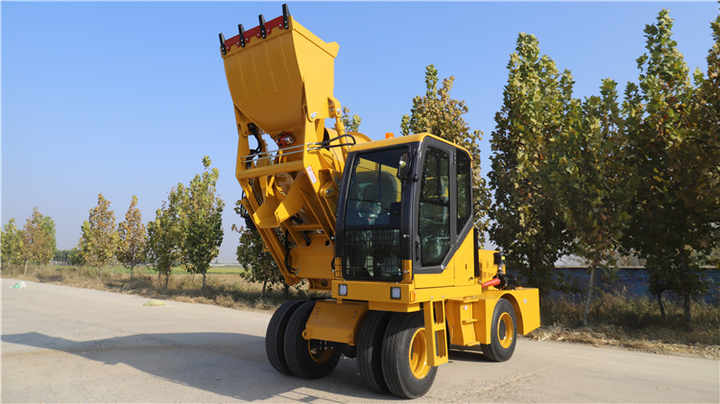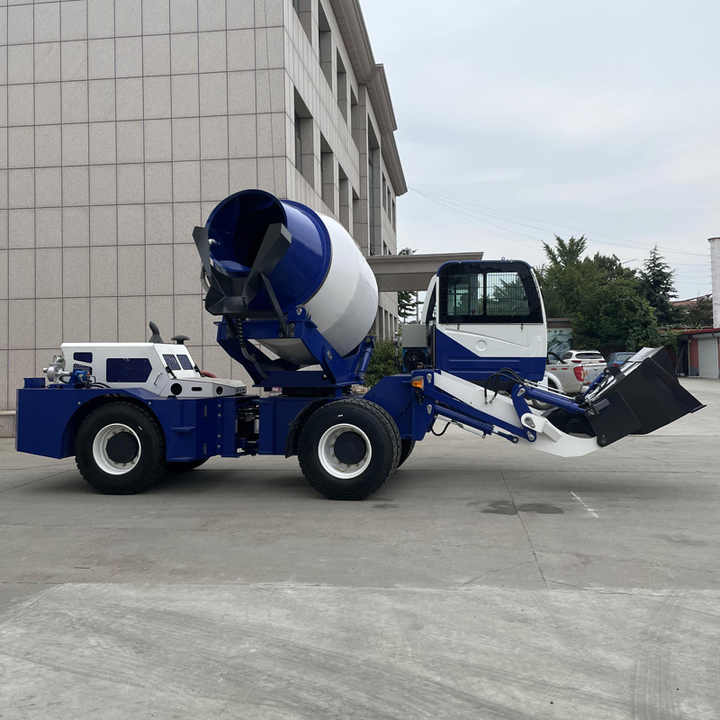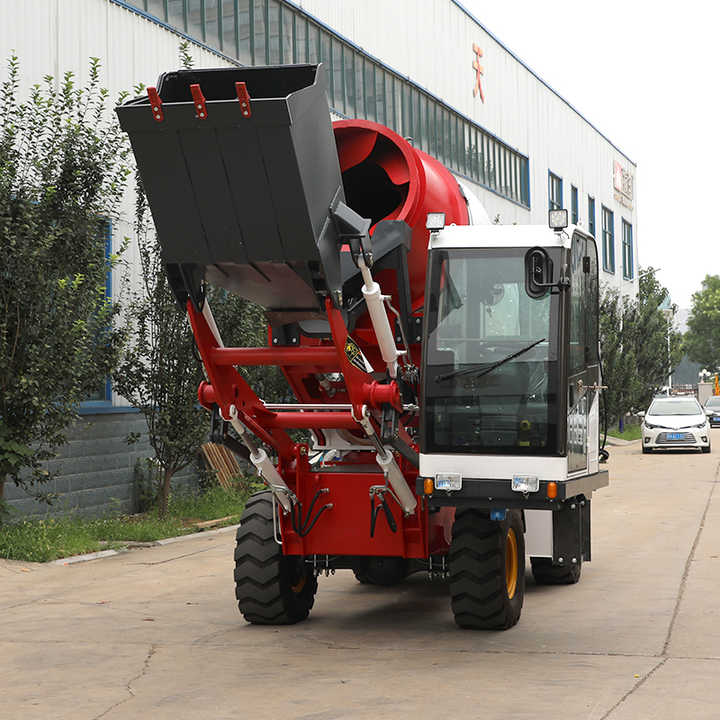How to Choose the Right Concrete Pump?
In the construction industry, selecting the right concrete pump is crucial for ensuring efficient and effective operations. With a wide variety of concrete pumps available on the market, making the right choice can be challenging. However, by considering several key factors, you can find a concrete pump that meets your specific needs and offers excellent value for money.
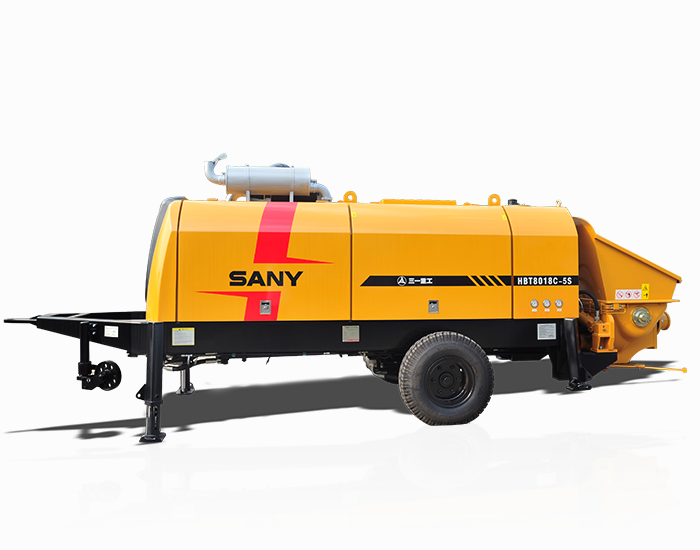
First and foremost, the type of construction project you are undertaking plays a significant role in determining the appropriate concrete pump. Different projects have varying requirements in terms of concrete delivery volume, building structure, and site conditions. For instance, a large-scale infrastructure project may require a high-capacity pump with advanced features, while a smaller residential construction might be adequately served by a more compact and mobile unit. It is essential to match the pump's performance parameters closely with the project's needs to avoid underutilization or overstraining of the equipment.
Another important consideration is the volume of concrete pumping work. The number of concrete pumps needed can be calculated based on the volume of concrete to be poured, the actual pumping capacity of a single unit, and the duration of the construction operation. In cases where a large volume of concrete needs to be poured in a single session, it is advisable to have additional pumps on standby to ensure continuous operation and prevent delays. Typically, having 2 to 3 concrete pumps on site for such projects can provide a good balance between efficiency and redundancy.
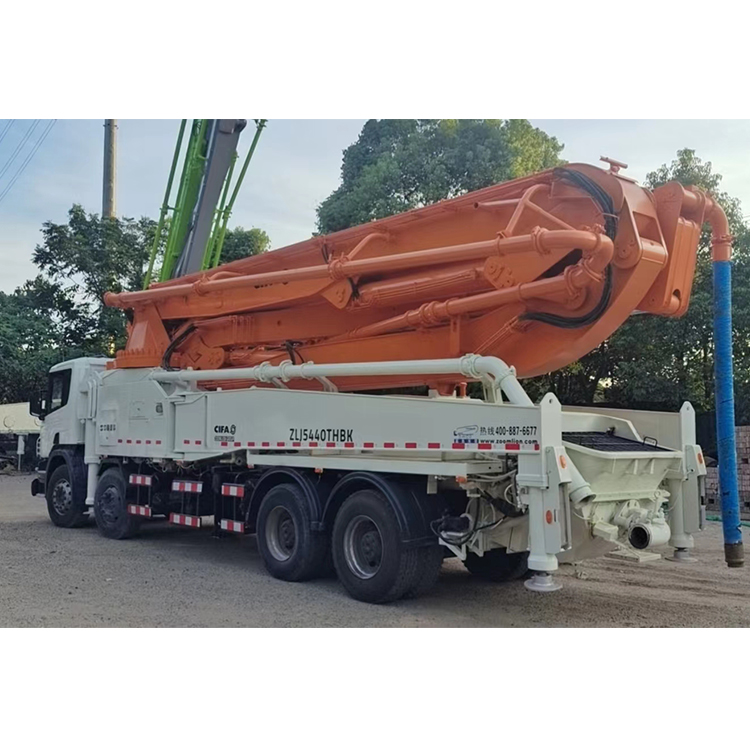
The configuration and quality of the concrete pump are also critical factors. When selecting a pump, it is important to prioritize high-quality components and advanced technology. The pump's main components, including the hydraulic system, engine, and chassis, should be of superior quality to ensure reliable performance and durability. Additionally, the pump's configuration should be optimized for the specific requirements of your project. This includes factors such as the type of hydraulic system used, the power source, and the overall design of the pump. Investing in a well-configured and high-quality concrete pump can significantly enhance the efficiency and safety of your construction operations.
Furthermore, the power and operating systems of the concrete pump are essential considerations. Most concrete pumps utilize full hydraulic technology, so the advancement of the hydraulic system and the quality of its components are crucial. The engine's performance and the chassis's capabilities, such as load-bearing capacity and maneuverability, should also be evaluated. For example, if the construction site is located in a rural area with narrow roads, it is important to ensure that the pump's chassis can navigate these conditions without difficulty.
In addition to these technical aspects, the arm system of the concrete pump is a key factor affecting safety and efficiency. The arm's material and construction should be robust and reliable to withstand the rigors of continuous use. It is advisable to consult with the manufacturer or visit the factory to inspect the actual condition of the arm system before making a purchase.
Lastly, the after-sales service provided by the manufacturer is of utmost importance. A reliable after-sales service network can offer timely support and spare parts supply, which are critical for minimizing downtime and ensuring the smooth progress of construction projects. Before purchasing a concrete pump, it is essential to inquire about the manufacturer's after-sales service policies and ensure that they can provide prompt and professional assistance when needed.
In conclusion, selecting the right concrete pump involves a careful evaluation of various factors, including the type of construction project, the volume of work, the pump's configuration and quality, the power and operating systems, the arm system, and the after-sales service. By considering these factors comprehensively, you can choose a concrete pump that meets your project's requirements, enhances operational efficiency, and ensures construction safety.
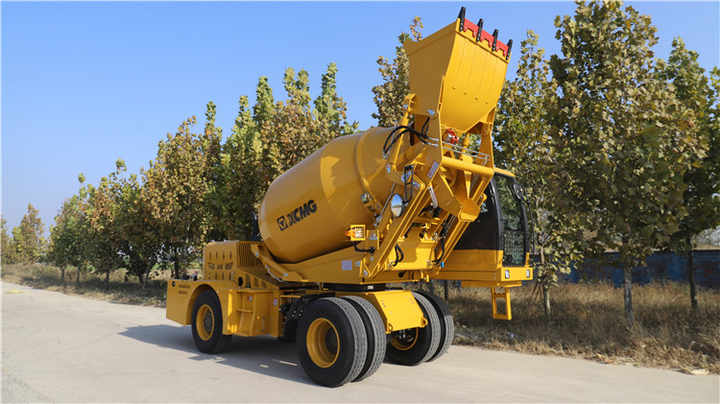 Specifications & Guideline
Specifications & Guideline

